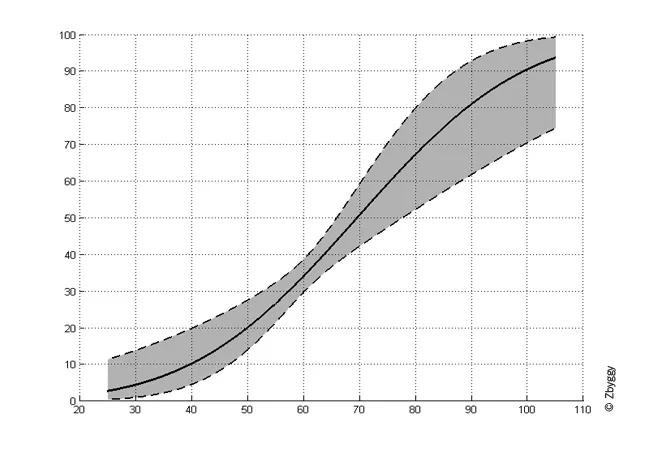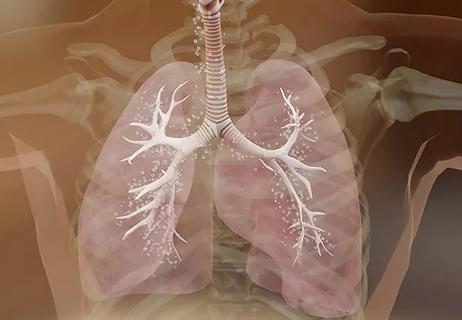71% of papers with comparative stats have at least one error

A panel of urology experts from eleven universities and medical centers across the United States and the United Kingdom recently published a new set of guidelines for reporting of statistics in urology research. Guideline recommendations are based on the consensus of the statistical consultants to four leading urology medical journals: Urology, European Urology, The Journal of Urology and BJUI, and will be published in each of the four journals.
Cleveland Clinic is a non-profit academic medical center. Advertising on our site helps support our mission. We do not endorse non-Cleveland Clinic products or services. Policy
“These guidelines are unique because they compile the most comprehensive set of recommendations for reporting of statistics in urology research in one document, along with explanations for the recommendations” says Michael Kattan, PhD, Chairman of Cleveland Clinic’s Department of Quantitative Health Sciences and guideline coauthor. “We now have one place to go for general guidelines that not only list the common mistakes in statistical reporting, but also provide an understanding behind these mistakes and ways to correct them.”
The motivation behind drafting the new guidelines lies in the overall poor quality of statistics in the clinical literature and the finding that 71 percent of papers with comparative statistics have at least one statistical error, as evaluated by the four leading urology journals.
Eric A. Klein, MD, Chairman of Cleveland Clinic’s Glickman Urological and Kidney Institute, and Editor-in-Chief of Urology, emphasizes that the new guidelines represent an invaluable tool for clinical researchers in urology and aim to eliminate some of these commonly encountered errors.
“Many authors do not have formal statistical training and lack a detailed understanding of the best way to analyze and report study results,” he says. “We hope that these guidelines will serve as a resource for them so that their work meets the highest standards.”
The guidelines outline specific recommendations across seven main areas of statistical reporting that range from study design and interpretation of common descriptive statistics such as the median, quartiles and standard deviations, to the appropriate application of multivariable models and diagnostic tests.
Guideline adoption is expected to increase the quality of published papers in urology journals and facilitate a better understanding of statistical methodologies used in urology research. The added advantage of using the guidelines is their practical layout with multiple subheadings, which could save reviewers’ time and speed up the manuscript review process.
“When reviewing a clinical research paper, reviewers can now simply refer to the guidelines and alert the author of a statistical mistake outlined in a specific section of the guideline,” says Dr. Kattan. “Instead of going through great lengths to explain the nature of the error, we can, for example, just state — manuscript paragraph 4, line 12, error 4.1 — and refer the author to the guidelines. This should make the reviewer’s job significantly easier and less time consuming.”
In many instances the guidelines also discourage the use of ambiguous terminology such as “may” or “might” and encourage the authors to clearly state the implications of study results for research and clinical practice in manuscript conclusions.
“These recommendations should improve the clarity of manuscripts even before they are submitted for review,” says Dr. Kattan. “Ideally, the authors should utilize them as a guide to avoid making mistakes during the writing process.”
Although the focus of recommendations is on statistical methodologies commonly encountered in urology research, Dr. Kattan expects the new guidelines to have an overarching impact on statistical reporting in clinical research in general, as well as practical applications beyond urology.
“These guidelines are in many ways applicable to clinical research in other fields of medicine, even though subject matter experts who deal with specific statistical techniques in other fields will still need to critically evaluate those manuscripts,” he says. “They can be used as general guides for best practices in statistical reporting.”

Investigators are developing a deep learning model to predict health outcomes in ICUs.

Cleveland Clinic and Johns Hopkins collaboration could help meet need for new therapies

Cleveland Clinic researchers’ finding paves the way for new antiviral approaches

Multicenter collaboration aims to facilitate tracking of neurological activity deep within tissue

Findings illuminate MCEMP1 protein’s role in severe inflammation

Anti-viral immunity identified a novel mechanism in necroptosis

Cleveland Clinic’s new Global Director of Vaccine Development outlines plans, priorities

Collaborative involving Cleveland Clinic investigators focuses on antiviral drug development